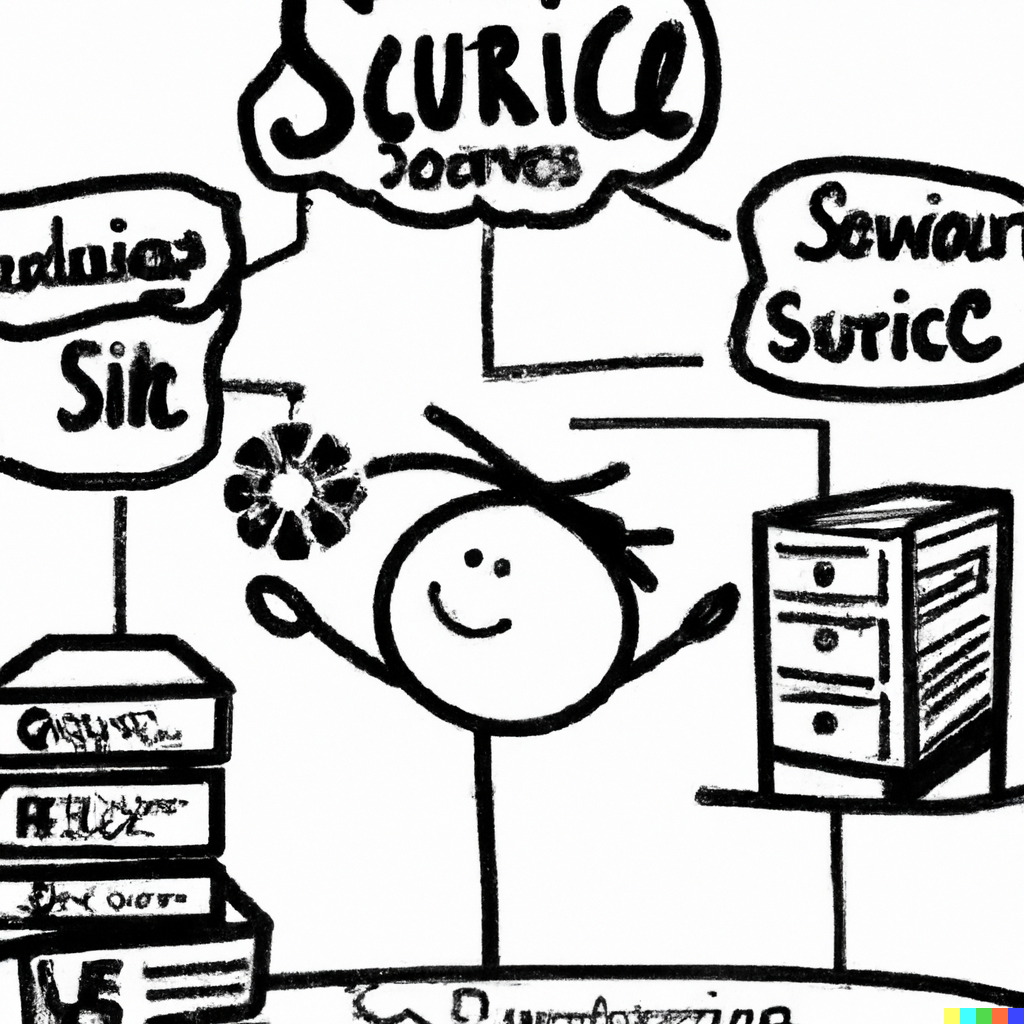- A delivery model for software applications where the software is hosted and maintained by a third-party provider and made available to customers over the internet.
- In this model, customers pay for the software on a subscription basis, typically based on the number of users, the amount of storage required, or other usage metrics, and access it through a web browser or other remote interface.

Pros of SaaS:
- Convenient and accessible: With SaaS, customers can access the software from anywhere with an internet connection, without the need for expensive hardware or IT infrastructure. This can be particularly beneficial for small and medium-sized businesses, which may not have the resources to manage software installation and maintenance in-house.
- Lower upfront costs: SaaS solutions typically require no upfront investment, allowing customers to start using the software immediately and pay as they go. This can be a cost-effective alternative to traditional software delivery models, which often require significant upfront investment in hardware, software, and IT infrastructure.
- Regular updates: SaaS providers are responsible for maintaining and updating the software, which can help ensure customers are always using the most current and feature-rich version. This can improve customer satisfaction and increase efficiency, without requiring additional investment from the customer.
- Scalable: SaaS providers can easily scale resources to meet changing customer demand, making it easy for customers to accommodate growth and change, without incurring additional costs. This can be particularly beneficial for businesses that experience fluctuations in demand, as they can quickly scale resources up or down as needed.
Cons of SaaS:
- Dependence on internet connectivity: Since SaaS is delivered over the internet, customers need a stable and fast connection to use the software effectively. This can be a challenge in areas with limited internet access or slow speeds, or for businesses that require software to be available at all times.
- Limited customization: SaaS providers may limit customization options, making it difficult for customers to tailor the software to meet their specific needs. This can result in customers being forced to use the software in a way that does not fully meet their requirements, potentially reducing efficiency and customer satisfaction. In some cases, customizing the software may require additional investment, which can increase costs.
- Security concerns: Customer data is stored and processed by the SaaS provider, which can raise security and privacy concerns. Businesses must carefully evaluate the security measures in place and assess the risk of data breaches or unauthorized access before choosing a SaaS solution. In some cases, additional security measures may be required, which can increase costs.
- Ongoing costs: SaaS solutions typically require customers to pay on a recurring basis, potentially leading to higher overall costs compared to traditional software delivery models, if subscription fees are not managed effectively. It is important for businesses to evaluate the costs of SaaS solutions over time and compare them to traditional software delivery models, to ensure they are making a cost-effective choice.
